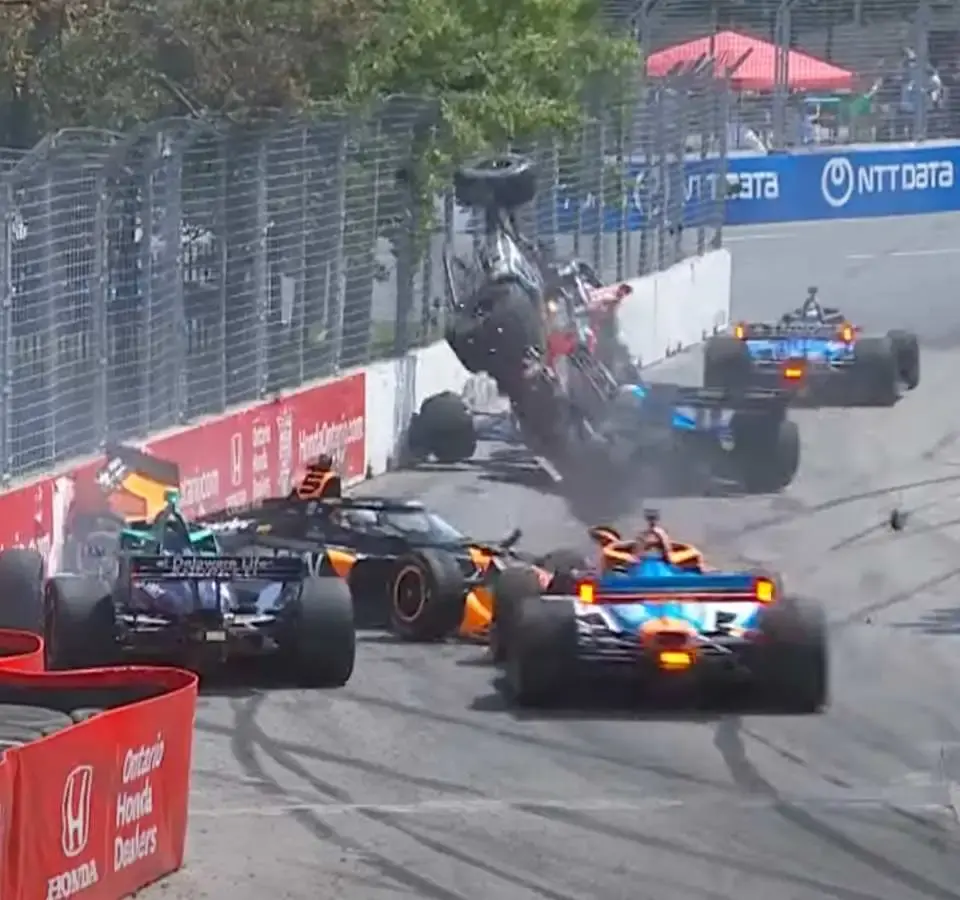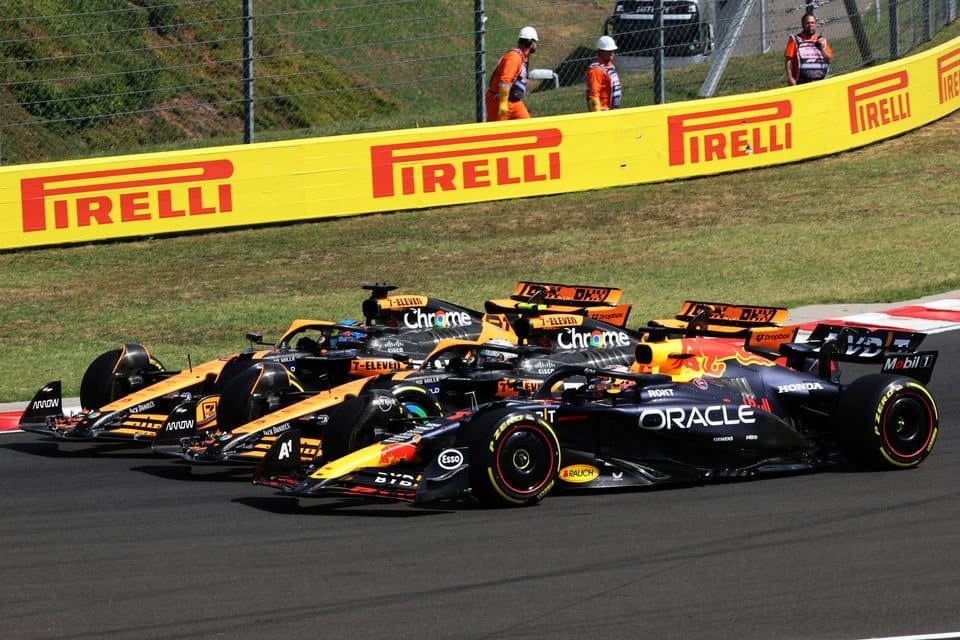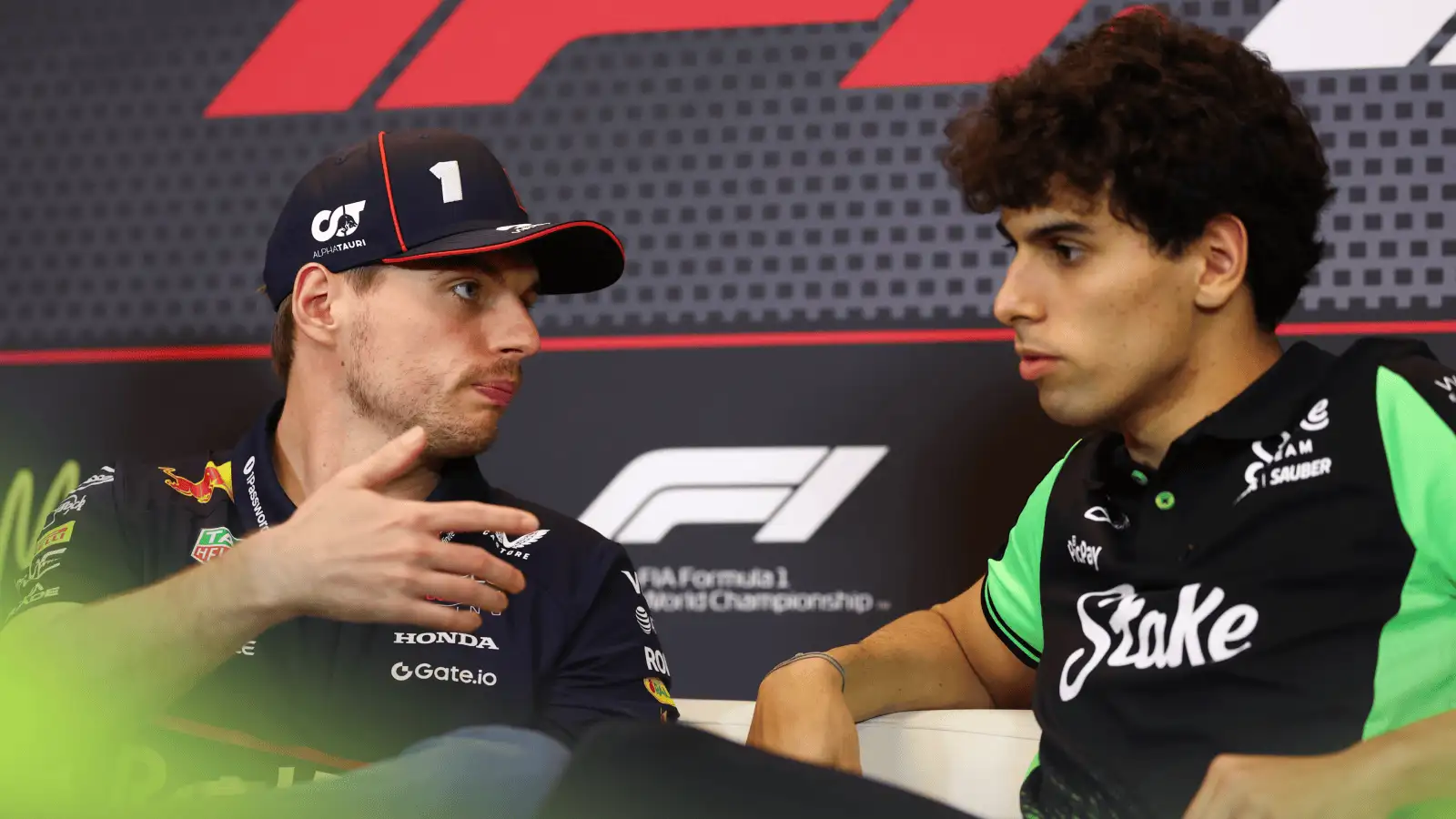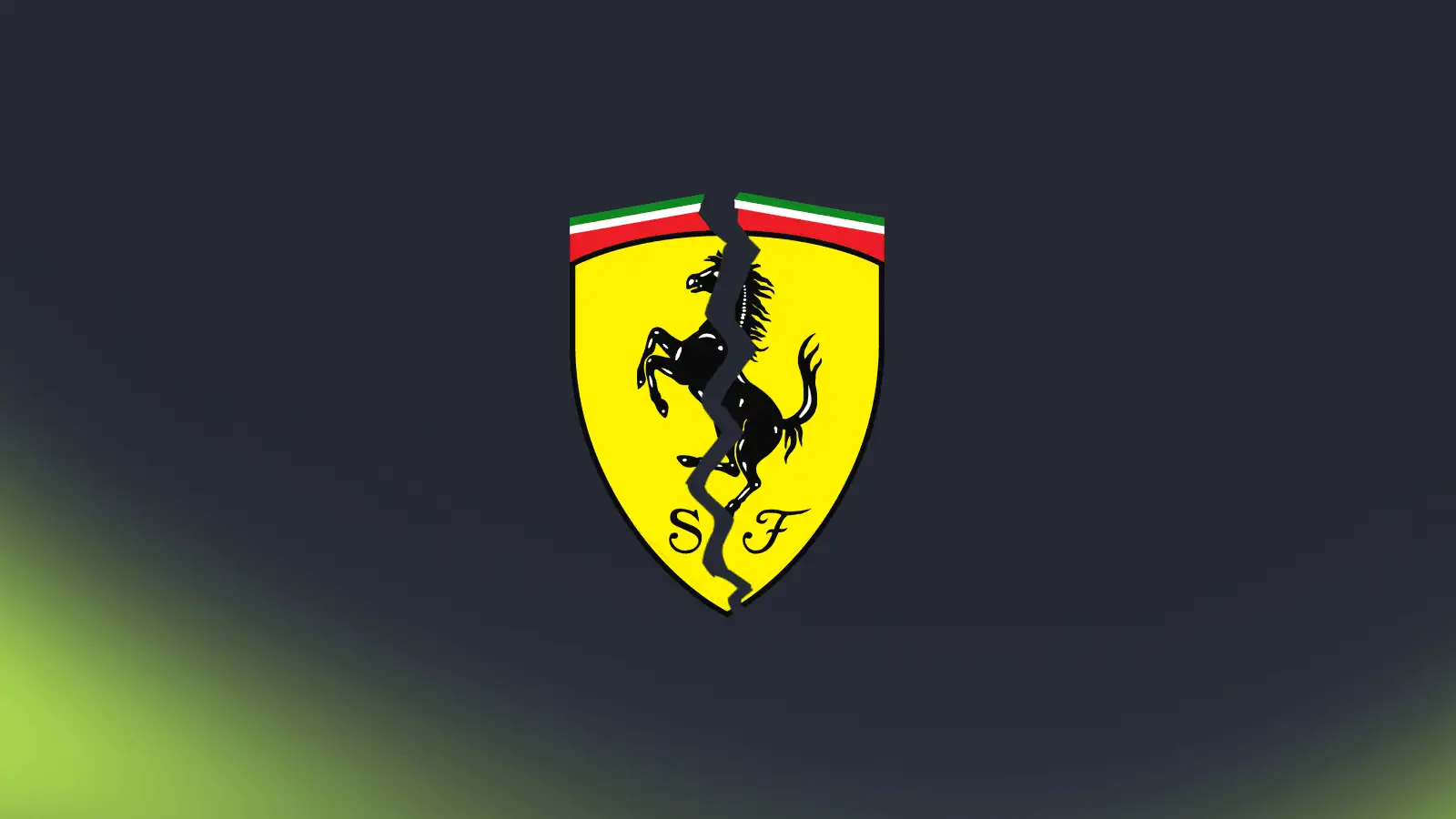A jaw-dropping five-car crash during IndyCar’s Toronto race has everyone asking one thing: Where was the yellow flag?
- IndyCar fans and drivers were left stunned as one car went airborne.
- It all started when Pato O’Ward lost control, sparking a chain reaction crash.
- Despite the chaos, all drivers walked away unscathed.
- Questions about flagging and safety protocols are now in the spotlight.
The IndyCar world was left in shock after a dramatic five-car pile-up during the late stages of the Toronto race. Arrow McLaren driver Pato O’Ward lost control of his Chevrolet, and chaos ensued. Cars crashed into each other, and Santino Ferrucci’s car even went airborne, hitting the catch fencing before landing upside down back on the track. Despite the mayhem, every driver involved walked away without injury.
As the cars tangled and metal crunched, fans, drivers, and team personnel had one burning question: Where was the yellow flag? Usually, a yellow flag signals caution and slows down the race, but in this case, drivers claimed it was either too late or not visible at all. McLaren team boss Gavin Ward expressed his concern, stating he was “sick from the incident” but relieved no one was hurt.
With 13 laps remaining, O’Ward’s car slammed into the Turn 1 wall, creating a domino effect. Marcus Ericsson followed, barely avoiding a massive hit, only to be hit from behind by Pietro Fittipaldi’s car. Fittipaldi’s vehicle went airborne off O’Ward’s, while Ferrucci’s car used O’Ward’s as a launch pad. Ferrucci’s vehicle scraped the catch fencing, and then O’Ward’s teammate, Nolan Siegel, crashed into the stationary car, adding to the chaos.
The delay in flagging and the drivers’ inability to see the yellow flag has led to serious questions about IndyCar’s safety protocols. Multiple drivers, including Fittipaldi and Ferrucci, reported not seeing any yellow indicators. The series claimed that the flag was activated after Ericsson’s crash, but drivers argued that it wasn’t visible. Gavin Ward emphasized that this confusion could make a bad situation even worse, suggesting a review of the flagging procedures.
Even if a yellow flag was activated, there’s doubt if it was timely enough to warn the drivers on Toronto’s narrow track. The visibility of the LED panels and the display on the steering wheel has come under scrutiny. For now, IndyCar has pledged to review every angle of the crash and examine onboard videos to understand what went wrong.
With a month off until the next race, IndyCar aims to delve into the incident to prevent similar accidents in the future. Fans and drivers alike are eager to see what changes will be implemented for better safety and communication on the track.
This alarming incident has spotlighted the need for improved safety and flagging procedures in IndyCar racing.
Source: Planetf1










